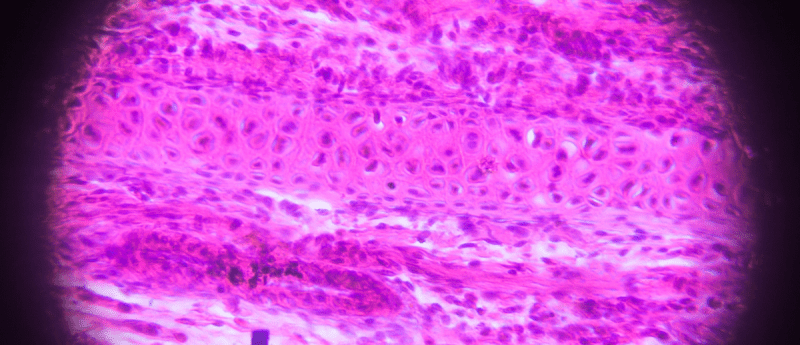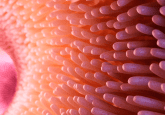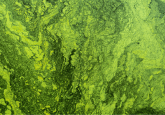Creating cartilage: an experimental new biohybrid material

If cartilage in joints like the knees become damaged, they heal very slowly, if at all. Scientists have struggled to synthesise biomaterials that can function synonymous to cartilage and tendons, but a new material showcases a potential new method of mirroring natural tissue.
Researchers at Cornell University (NY, USA) have newly published a research article in Proceedings of the National Academy of Science, which features a new approach to creating therapeutic remedies for damaged tissue.
The tissue is required to be malleable enough to bend and flex, yet strong enough to tolerate any sustained loading, comparative to the weight that a knee tendon is required to sustain. The regenerative ability of soft tissues, such as cartilage, is also rather restricted. Therefore, collagen hydrogels and synthetic materials may be used to replace any worn-out or injured tissue, however, individually, neither provide the ideal blend of biological and mechanical characteristics of real tissue.
Now, Cornell scientists have created a biohybrid composite material with many of the same properties as a real tissue. The material is a combination of collagen, for its biocompatibility and softness, as well as a synthetic zwitterionic hydrogel, which has positively and negatively charged chemical groups. “These charge groups interact with the negatively and positively charged groups in the collagen and this interaction is what enables the materials to dissipate energy and achieve high levels of toughness,” explains Lawrence Bonassar, co-lead author of the study.
The performance of the biohybrid composite is similar to that of articular cartilage and other organic materials; the composite exhibits 40% more elasticity than what is seen solely in just the zwitterionic material, displaying the benefits of combining the two substances together.
The study’s co-lead author Nikolaos Bouklas explained that the material’s biocompatibility promotes the recruitment and sustainment of cells. “Ultimately, we want to create something for regenerative medicine purposes, such as a piece of scaffold that can withstand some initial loads until the tissue fully regenerates,” Bouklas stated. “With this material, you could 3D print a porous scaffold with cells that could eventually create the actual tissue around the scaffold.”
Bouklas proceeds to further describe how the material self-assembles once both components are combined. “The same interconnected network of collagen seen in natural cartilage, which otherwise would be extremely hard to produce.”
The authors of the study are still investigating the material and the molecular mechanisms underlying its creation. Whilst Bonassar notes that the material is ideal for the style of bioprinting that his team has invented, the authors have since started experimenting with utilizing it as a 3D printing material.
Source: https://www.pnas.org/doi/abs/10.1073/pnas.2116675119





